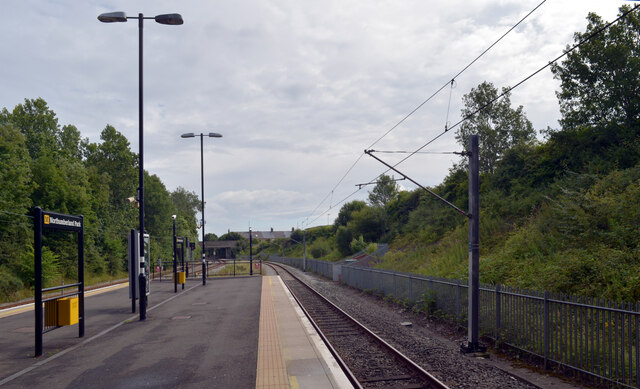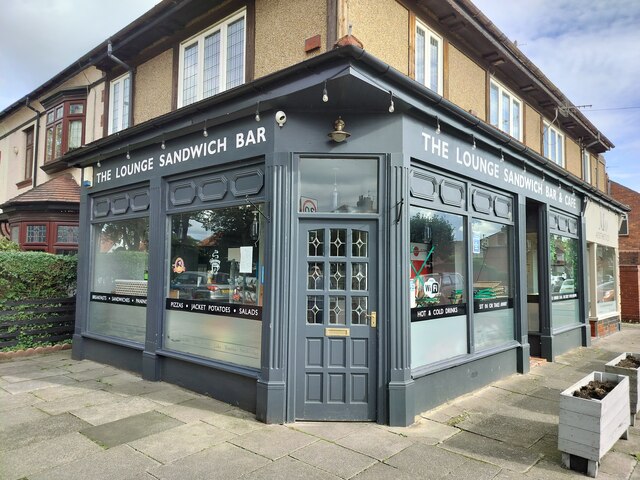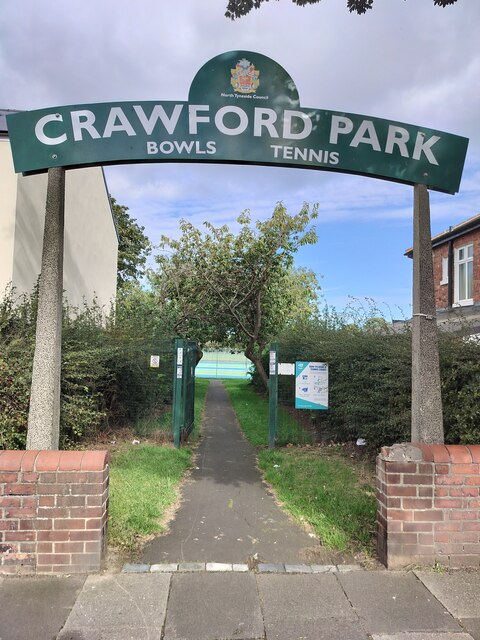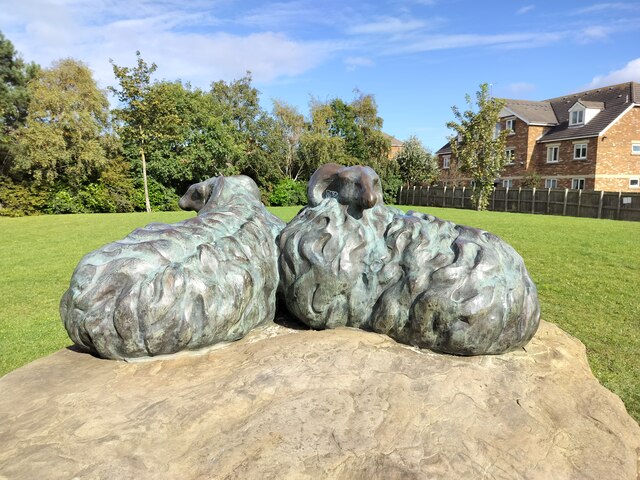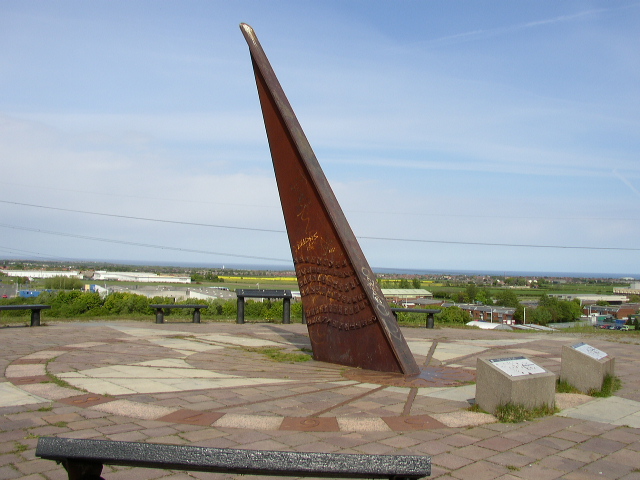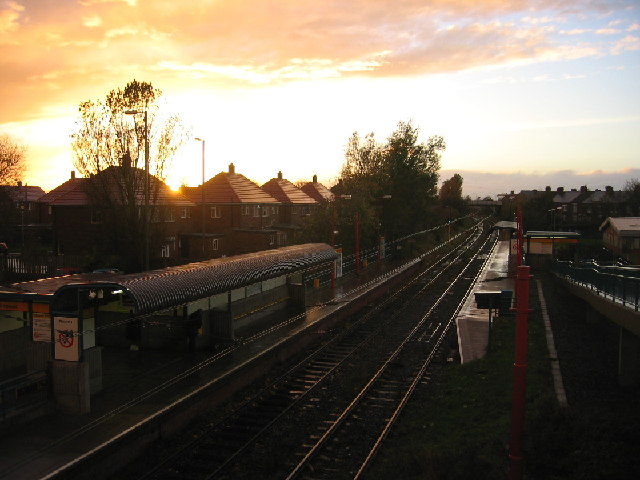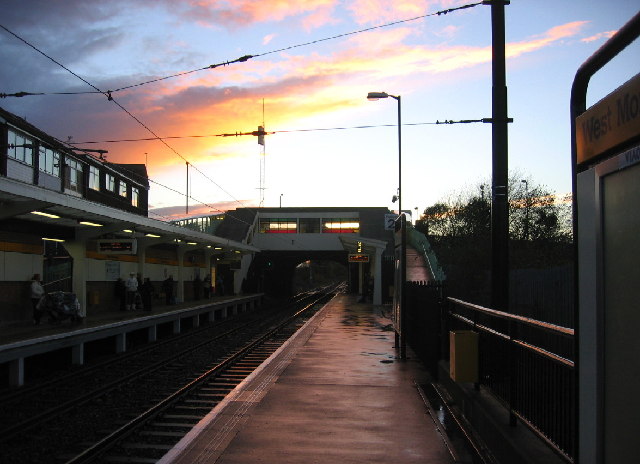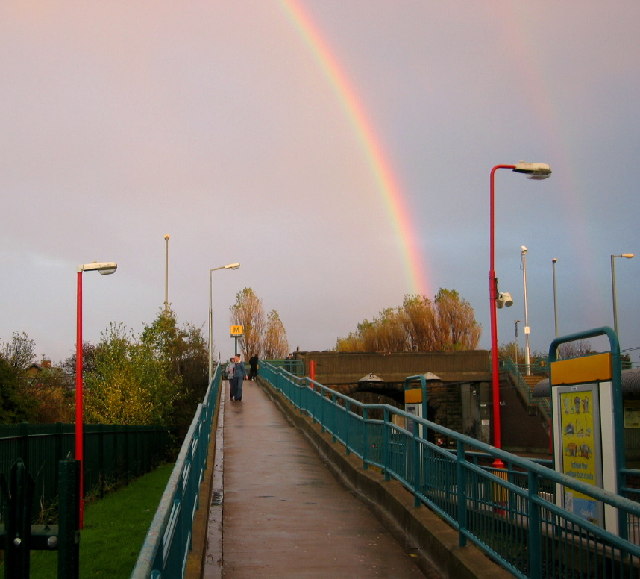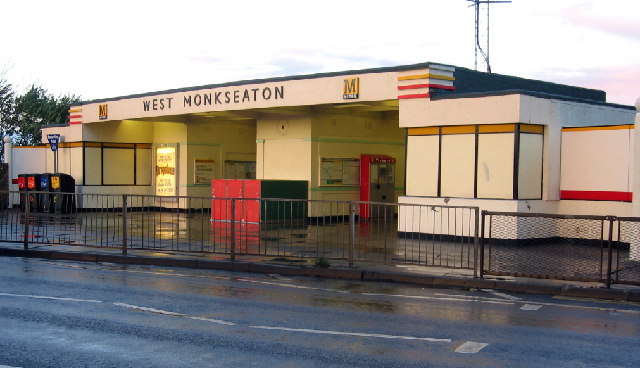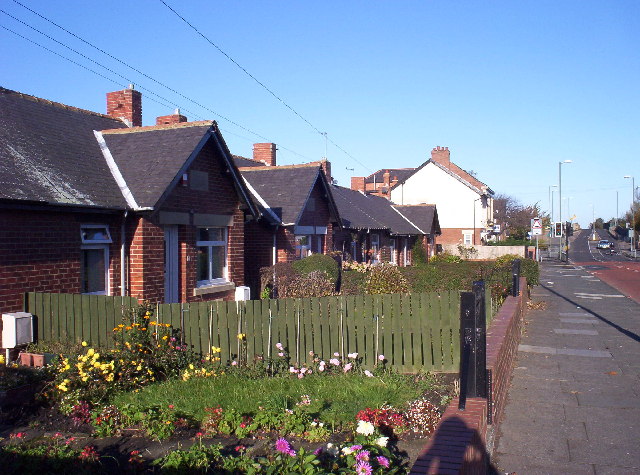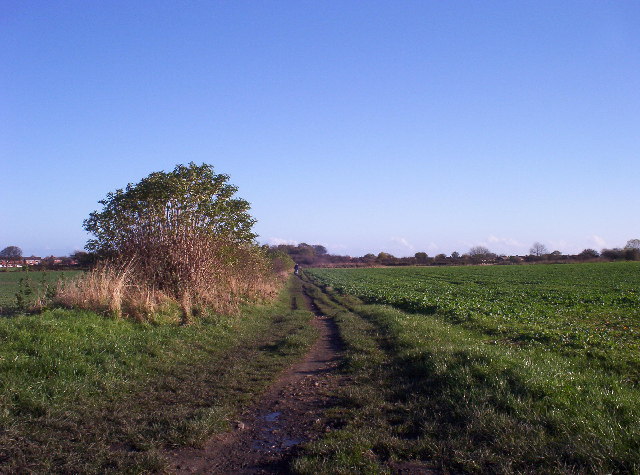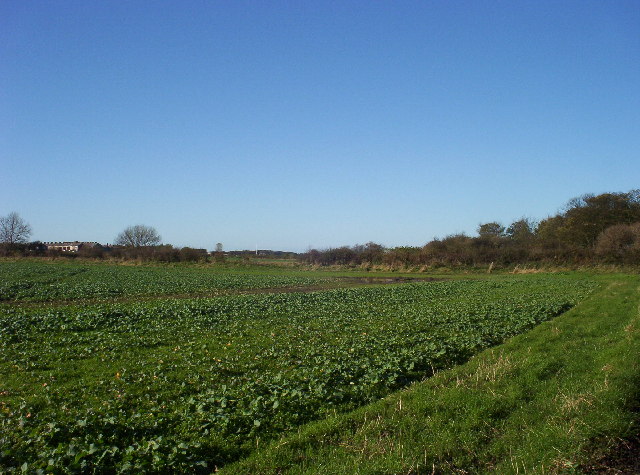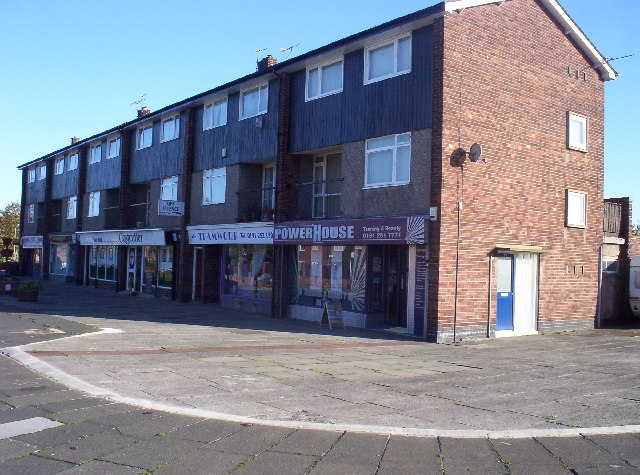Murton
Settlement in Northumberland
England
Murton
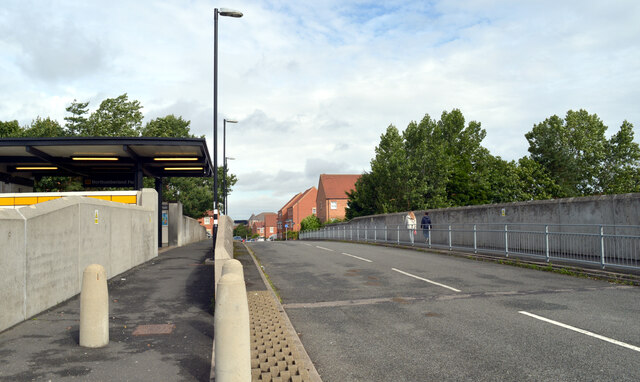
Murton is a small village located in the county of Northumberland in northeast England. Situated approximately 2 miles south of the town of Berwick-upon-Tweed, it is a rural community surrounded by picturesque countryside and farmland. The village is nestled between the River Tweed to the east and the A1 road to the west.
Murton boasts a rich history, with evidence of human habitation dating back to prehistoric times. The area is known for its archaeological sites, including a Bronze Age burial mound and ancient settlements. The village itself features a mix of traditional stone cottages and more modern houses, creating a charming and diverse architectural landscape.
Despite its small size, Murton offers a range of amenities to its residents. These include a primary school, a village hall, a church, and a local pub. The village is also known for its strong sense of community, with regular events and activities organized throughout the year. The surrounding natural environment provides ample opportunities for outdoor pursuits, such as walking, cycling, and fishing.
Located close to the border with Scotland, Murton benefits from its proximity to both Berwick-upon-Tweed and the Scottish Borders region. This allows residents to access a wider range of services and amenities, including shopping centers, healthcare facilities, and leisure activities.
Overall, Murton is a peaceful and idyllic village that offers a close-knit community, beautiful surroundings, and a rich history, making it an attractive place to live for those seeking a rural lifestyle.
If you have any feedback on the listing, please let us know in the comments section below.
Murton Images
Images are sourced within 2km of 55.030227/-1.489177 or Grid Reference NZ3270. Thanks to Geograph Open Source API. All images are credited.

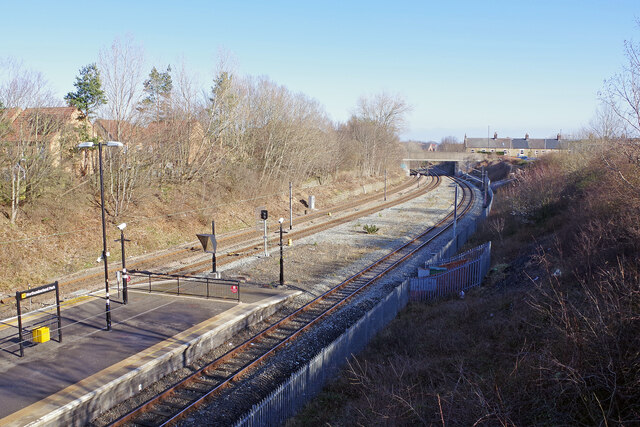

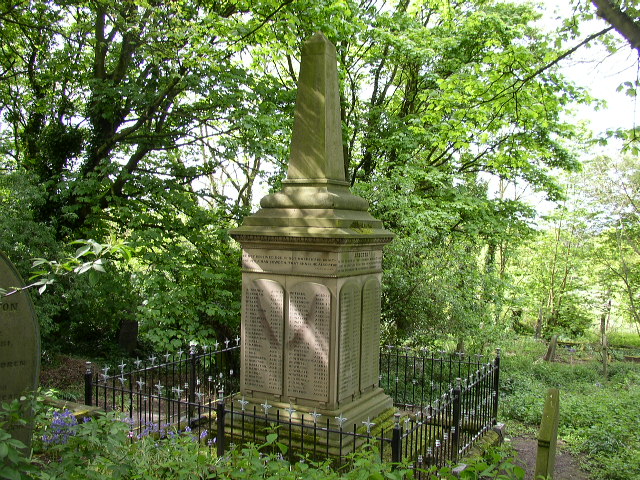
Murton is located at Grid Ref: NZ3270 (Lat: 55.030227, Lng: -1.489177)
Unitary Authority: North Tyneside
Police Authority: Northumbria
What 3 Words
///lime.clay.caller. Near Shiremoor, Tyne & Wear
Related Wikis
Murton, Tyne and Wear
Murton is a small village in the metropolitan borough of North Tyneside, in the ceremonial county of Tyne and Wear, England. The village is separated by...
New York, Tyne and Wear
New York is a suburban village in the metropolitan county of Tyne and Wear, North East England. Approximately 4 miles from Whitley Bay, and 5 miles from...
Shiremoor
Shiremoor is a village in Tyne and Wear, Northern England. It is in the Metropolitan Borough of North Tyneside and formerly governed under Northumberland...
Wellfield Middle School
Wellfield Middle School is located in Whitley Bay, North Tyneside, serving the areas of Wellfield, Earsdon and Monkseaton. In 2015 it had about 360 pupils...
Nearby Amenities
Located within 500m of 55.030227,-1.489177Have you been to Murton?
Leave your review of Murton below (or comments, questions and feedback).
